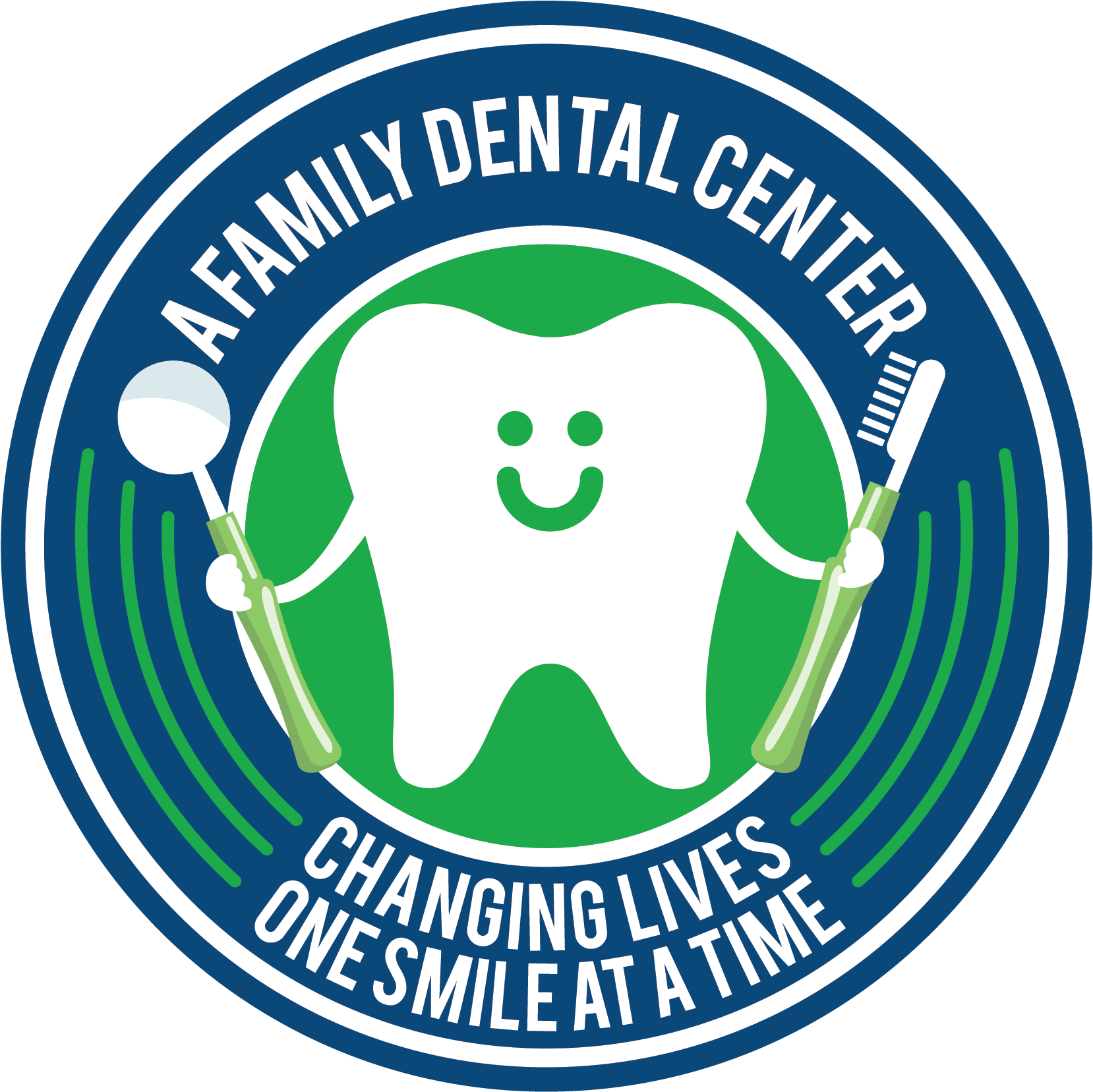The LipLase is an FDA-approved topical injection-free lip enhancement solution that provides instant, natural-looking results in seconds.
Every person’s lip, just like their fingerprints, is unique. Some people may have thicker and fuller lips, and others not. People with thin lips because of genetics, medical condition, or aging may desire to add volume to smoothen and make them fuller. Fortunately, there are several ways that you can use to increase the volume of your lips and make them look fuller, like fillers and surgical procedures. However, if you are looking for non-invasive treatment, you may want to consider the LipLase procedure.
What is LipLase?
LipLase is non-surgical, non-invasive laser treatment. This technology penetrates the skin to stimulate collagen and elastin production. It can also help define lip shape and gives a natural look compared to dermal fillers.
What is the Difference Between the LipLase Procedure and Injectable?
LipLase treatment in Kennewick, WA, gives a natural look, doesn’t have side effects and is suitable for all skin types. LipLase is not just for people with thin lips. Lip augmentation can enhance your lip shape giving it a fuller appearance or correcting asymmetry in the upper or lower lip. Lip laser stimulates collagen production that fills in the rest of the lip, so it looks fuller. Lip fillers are fine for people with thin lips, but LipLase works better for people who have lost volume in their lips without having to resort to dermal fillers that can cause side effects.
How Does LipLase Work?
LipLase is the latest non-invasive lip enhancement treatment that uses lasers to stimulate natural collagen production. It is done from the inside of the mouth and the outer area as well. There is no needle involved, which makes this procedure, a comfortable experience. There are no bruising or other adverse effects that accompany traditional lip enhancement procedures.
Collagen and Elastin are two proteins that make up the fibers in connective tissue. Collagen is the main component of the extracellular matrix (ECM), and Elastin is a flexible protein that gives skin its elasticity.
A person produces less collagen each year. This is a natural process that leads to the signs of aging, such as wrinkles and sagging skin. The stress of menopause also leads to a drop in the production of collagen.
Collagen works to keep skin firm and supple, and it also helps skin remain elastic. The same goes for our lips– having enough collagen in our lips can give us tighter, voluminous, and smoother lips.
What to Expect from LipLase Treatment?
LipLase treatment is a quick and simple cosmetic procedure. It is done right in the doctor’s office without needing to go under general anesthesia. LipLase uses. The treatment breaks up breaks down fat cells into a natural serum that stimulates collagen production with no incisions.
Is the Result of LipLase Treatment Immediate?
LipLase therapy stimulates natural collagen regeneration, so it relies on your body’s natural capacity to produce collagen. It is a gradual treatment, and it takes weeks to notice significant results. The more frequent you get the treatment, the higher the chances of fuller and smooth lips. The treatment is ideal for people who want thinner or younger-looking lips.
How Long Will It Last?
This procedure requires no downtime, and there is an instant result. Results are immediate, and you can resume all normal activities straight after LipLase treatment. LipLase is a non-surgical, non-invasive way to create fuller lips that last several years. Lip fillers like Juvéderm or Restylane last about six months, but LipLase works by stimulating collagen in the lip area, thereby minimizing the need for re-treatment.
How Many Sessions Do You Need?
To get beautiful, visibly plump lips, you’ll need to visit the clinic every week for six weeks and at least once every three months for maintenance treatments. Maintaining a regular treatment regimen ensures that your lips remain full. It aids in the retention of collagen and helps prevent the loss of suppleness, sagging, and thinness of the lips.
Schedule an Appointment
Visit A Family Dental Center for more information about LipLase and how it works.


